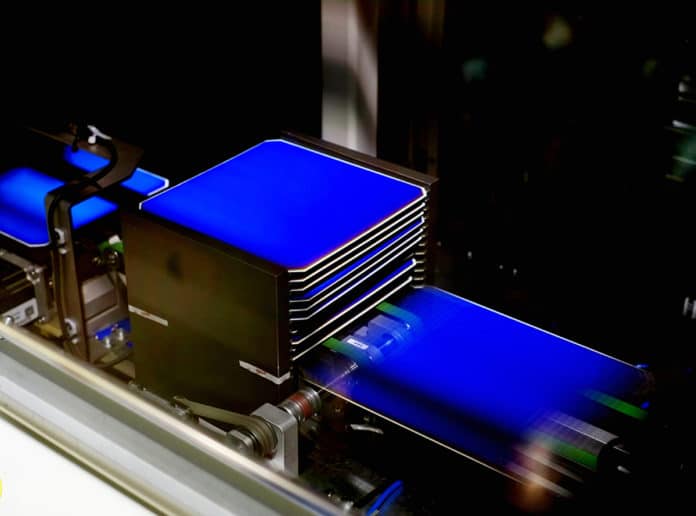Founded in 2009, the high-efficiency heterojunction solar module producer Hevel Group has announced the expansion of its annual heterojunction (HJT) solar modules and cells production capacity to 340 MW from the existing 260 MW. The Russian photovoltaics (PVs) manufacturer is planning to fully ramp up the 80MW capacity increase in the third quarter of 2020.
The reason behind increasing the production capacity was mainly due to the installation of equipment for Plasma-Enhanced Chemical Vapor Deposition (PECVD) as well as certain research and development (R&D) programs plus production line optimizations of existing equipment to enable the expansion.
As a part of the implementation of the production plans, the plant will additionally create ten new highly qualified jobs. Currently, the company employs more than 600 people.
In June 2019, the second stage of modernization of production capacities was completed at the plant, resulting in capacity growing from an initial 160MW back in 2016 to the 260MW. Hevel also began production of 72-cell bifacial HJT modules, the power of which, excluding the bifaciality factor, reaches 385 watts. Taking into account the bifaciality factor, the power is more than 440 watts.
In addition to the production of HJT solar cells and modules, the company is engaged in power generation. It operates 20 grid-connected solar plants with a combined electricity generation capacity of 597.5 MW, including in Russia and Kazakhstan. Recently, it has commissioned a 10-MW solar park coupled with an 8-MW battery storage system in the southern Ural region of Bashkortostan. The project is likely to be operated as a standalone PV system connected to the grid. This will help to improve the quality of electricity supply for households, hospitals, and schools in the region.
